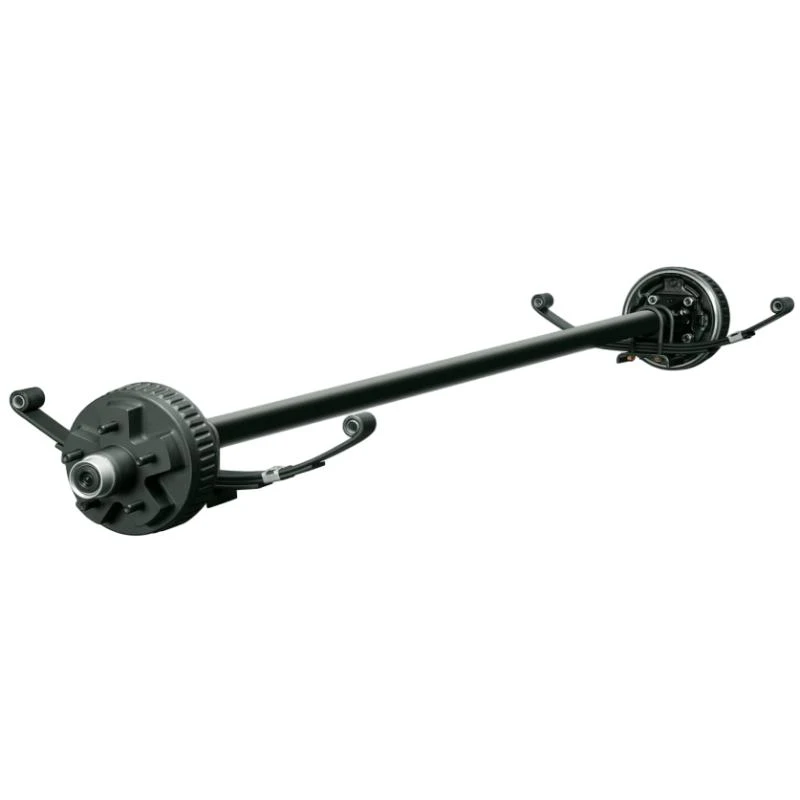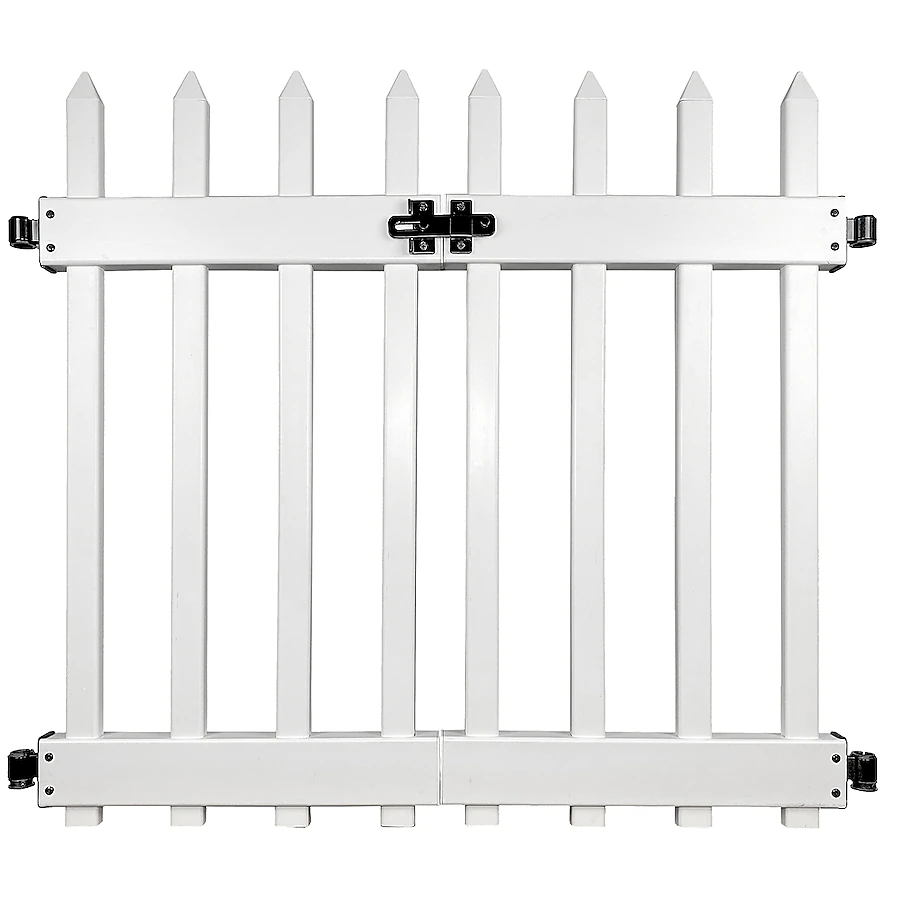Optimizing Warehouse Storage Solutions for Efficient Shelving Systems and Space Management
Okt . 05, 2024 04:59
Optimizing Warehouse Storage Shelving for Efficiency
In the realm of logistics and supply chain management, the configuration and organization of warehouse storage shelving are pivotal to maximizing efficiency and productivity
. The correct shelving solutions not only enhance storage capacity but also streamline the retrieval process, thereby influencing the overall operational performance of a warehouse.To begin with, understanding the types of shelving is crucial. There are various shelving systems available, each suited to different needs. For instance, pallet racking is widely used for bulk storage, allowing forklifts to easily access stacked pallets. On the other hand, shelving units for smaller items, such as shelving racks or bin shelving, can facilitate easier access and organization of individual products. By analyzing the nature of the inventory and the frequency of item turnover, warehouse managers can determine the most effective shelving type to optimize space and accessibility.
Another essential aspect to consider is the layout of the shelving within the warehouse. A well-planned layout reduces the time spent moving between shelves, promoting a more efficient picking process. Implementing a systematic approach, such as the ABC inventory categorization method, can aid in organizing items based on their sales velocity. High-turnover items can be placed closer to the packing area, while slower-moving items can be stored further away. This strategic placement not only minimizes walking distance but also enhances workflow efficiency.
warehouse storage shelving

Furthermore, investing in adjustable shelving systems can greatly benefit warehouses with fluctuating inventory levels. These systems allow for easy modification of shelf heights and configurations, accommodating various product sizes and weights. Flexibility in storage solutions is particularly beneficial during seasonal peaks when inventory levels can dramatically increase.
In addition to physical organization, technology can play a crucial role in optimizing warehouse shelving. Utilizing warehouse management systems (WMS) can help track inventory levels and provide real-time data on stock movements. Integrating barcode scanning or RFID technology into the shelving process can significantly expedite item retrieval and reduce human error. Such technological advancements not only streamline operations but also enhance the accuracy of inventory management.
Safety should also be a major consideration when setting up warehouse shelving. Ensuring that shelving units are properly anchored and that weight limits are adhered to can prevent accidents and injuries. Moreover, regular inspections and maintenance of shelving systems can aid in identifying potential hazards before they lead to problems, fostering a safer work environment.
In conclusion, the efficient organization of warehouse storage shelving is fundamental to the success of any warehousing operation. By carefully selecting shelving types, planning thoughtful layouts, embracing adjustable systems, integrating technology, and prioritizing safety, businesses can significantly enhance their warehousing efficiency. Ultimately, a well-structured shelving system not only optimizes storage capacity but also contributes to improved productivity and profitability within the broader scope of supply chain management.




















